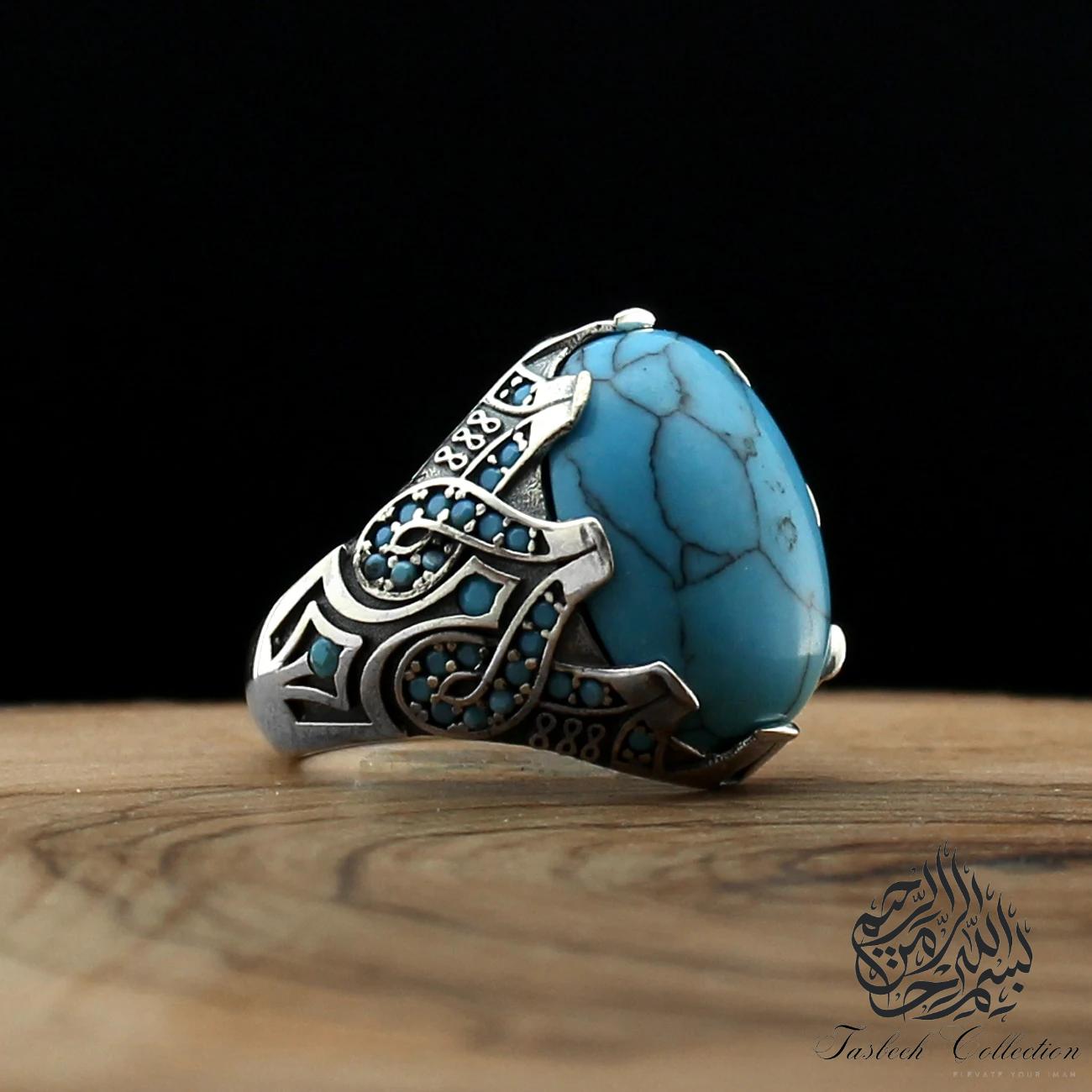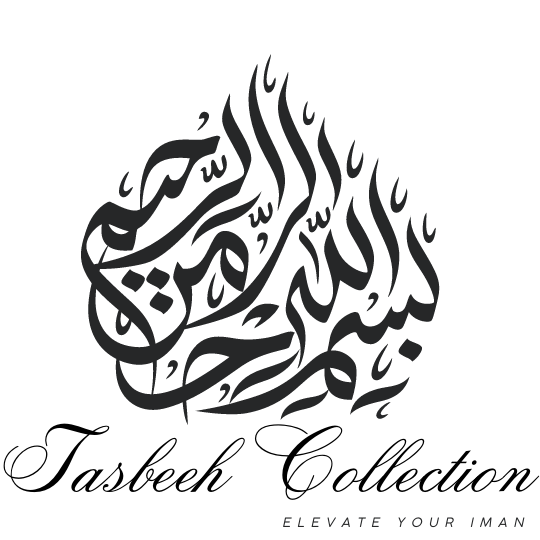Exploring the Rich Islamic Origins of Rosaries: A Spiritual Journey Unveiled
Share
In the tapestry of religious traditions, the use of prayer beads has been a common thread weaving through various cultures and faiths. One such captivating facet lies in the Islamic origins of rosaries, an aspect often overshadowed by their prominence in other religious practices. Join us on a spiritual journey as we delve into the roots of rosaries, uncovering their significance in Islamic tradition.
Understanding the Basics:
Rosaries, known as "Tasbeeh" or "Misbaha" in Islam, have a deep-rooted history dating back centuries. The word "Tasbeeh" is derived from the Arabic root "sīn-bāʾ-ḥāʾ," meaning glorification. These prayer beads serve as a tangible means for Muslims to engage in the remembrance of Allah and count their prayers, praises, and supplications.
The Misbaha typically consists of 33, 66, or 99 beads, reflecting the various names and attributes of Allah in Islam. Each bead becomes a focal point for the recitation of specific prayers or praises, fostering a sense of mindfulness and spiritual connection.
Historical Significance:
The use of prayer beads is not a recent phenomenon in Islamic history. Historical records suggest that Muslims have been using beads for centuries as an aid to meditation and prayer. The Misbaha became a tangible tool for individuals to maintain focus during prolonged periods of remembrance and devotion.
Influence of Islamic Mysticism:
Sufism, the mystical dimension of Islam, has played a crucial role in popularizing the use of prayer beads. Sufi practitioners, seeking a deeper connection with the divine, embraced the Misbaha as a means to facilitate their spiritual journey. The rhythmic movement of beads through fingers served as a form of dhikr (remembrance of Allah), aiding Sufis in achieving a heightened state of spiritual awareness.
The Versatility of Tasbeeh:
While the Misbaha is commonly associated with the repetition of the 99 names of Allah, it is a versatile tool used for various forms of prayer and supplication. Muslims may use the beads for reciting verses from the Quran, seeking forgiveness, expressing gratitude, or simply engaging in quiet contemplation.
Modern Adaptations:
In contemporary times, the Misbaha has evolved to cater to the diverse needs and preferences of Muslims worldwide. From traditional wooden beads to modern variations crafted from precious stones or metals, rosaries have become expressions of personal piety and style.
As we unravel the Islamic origins of rosaries, we discover a rich tapestry woven with spirituality and devotion. The Misbaha serves as a timeless reminder of the universal human inclination towards seeking connection with the divine. Whether held in the hands of a Sufi mystic or a modern Muslim navigating the complexities of life, the Tasbeeh continues to echo the timeless tradition of remembrance and prayer in Islam.

